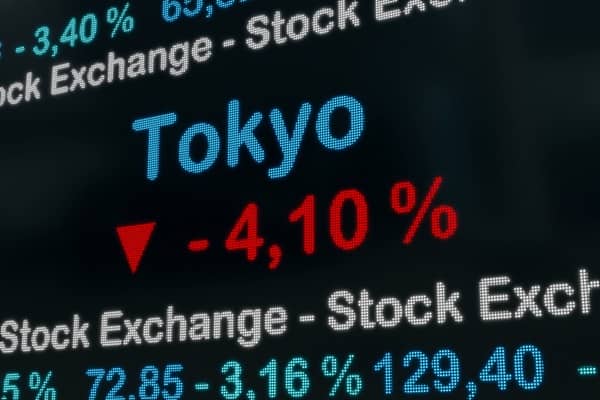Bussiness
The BoJ could hint at earlier rate hikes – London Business News | Londonlovesbusiness.com

USDJPY broke through the 200-day moving average and the pivotal 152 level, confirming strong bullish momentum.
Key drivers include the slower-than-expected U.S.-Japan rate differential tightening and traders preparing for Japan’s Tokyo CPI and the looming U.S. election.
With U.S. initial jobless claims dropping and retail sales staying strong, the narrative of ‘U.S. exceptionalism’ has become even more prominent. Adding to this, the possibility of either presidential candidate pushing for fiscal expansion fuels optimism for continued dollar strength. While, a potential ‘red wave’ could push 10-year yields higher, further intensifying dollar strength.
While, the dovish stance of Prime Minister Ishiba and the LDP regarding interest rate hikes, with JPY OIS predicting only a 7 bps increase by the end of the year, is contributing to the yen’s weak performance.The 2-year U.S.-Japan bond yield differential has risen from 3.14% in mid-September to 3.6%, putting pressure on yen bulls.
In the near term, I anticipate continued USDJPY strength, with the 61.8% Fibonacci retracement from the July-September downtrend at 153.76 potentially acting as resistance, particularly if the 152 level is decisively breached.
However, I’ll keep an eye on two potential factors that could reverse USDJPY’s trend. First, Japan’s Rengo union announced plans for at least a 5% wage hike next year, making the market’s May 2025 rate hike expectation seem delayed. If Japan’s Tokyo CPI on Friday exceeds the consensus 1.8% (reaching 2% or higher), the BoJ could hint at earlier rate hikes, driving the yen back toward 150. Second, if October’s potentially distorted non-farm payroll report prompts the Fed to adopt a more dovish stance, even cutting rates by more than the expected 25 bps in November, it could spark market uncertainty and boost yen demand.








